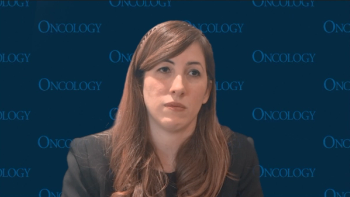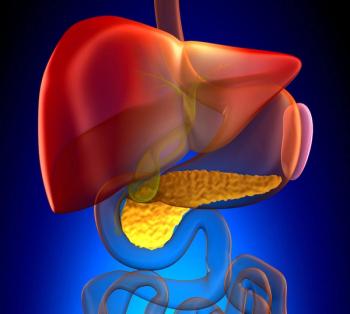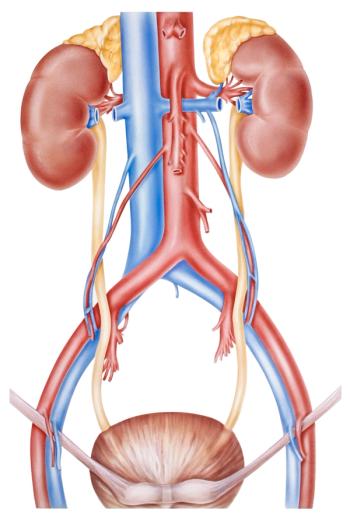
Susan F. Slovin, MD, PhD, Reviews Future Landscape of Systemic Therapies for Prostate Cancer
Susan F. Slovin, MD, PhD, spoke about how new approaches can support clinical practice guidelines and physician intuition in treating patients with prostate cancer.
At the
She mentioned the phase 3 VISION trial (NCT03511664), which showed that 177Lu-PSMA-617 helped prolong imaging-based progression-free survival for patients with advanced prostate-specific membrane antigen–positive metastatic castration-resistant prostate cancer.
Transcript:
Right now, I would say that the radioligands and the theranostics are now appearing to have the greatest impact, because of the data that came out recently from the VISION trial. It may not be appropriate for everyone, but it seems to [result in] improvement. We have many new drugs that are out there, including the PARP inhibitors and novel combinations of different classes of drugs that may improve quality of life and radiographic progression-free survival. I think the hardest thing that we have to face right now is what is the best first-line or second-line [treatment]? And there’s no answer. I think it’s going to depend on the performance status of the patient, the extent of the disease, what the drug interactions could potentially be, and what your experience is.
I know we all follow NCCN [National Comprehensive Cancer Network] guidelines, but they are guidelines. One has to have a certain level of intuition about how this patient may or may not respond to the treatment. I would say the big areas, are theranostics and genomics, probably the fact that many of the drugs that are out there, like PARP inhibitors for example, are being used in novel combinations. I would certainly not forget immunotherapy even though it is not giving a wallop to the same degree that we’re seeing. It’s a very labor-intensive approach. I think that at some point, it’s going to prove positive in our patients. It’s just a matter of patience.
Reference
Sartor O, de Bono J, Chi KN, et al. Lutetium-177-PSMA-617 for Metastatic Castration-Resistant Prostate Cancer. N Engl J Med. 2021;385(12):1091-1103. doi:10.1056/NEJMoa2107322
Newsletter
Stay up to date on recent advances in the multidisciplinary approach to cancer.


















































































